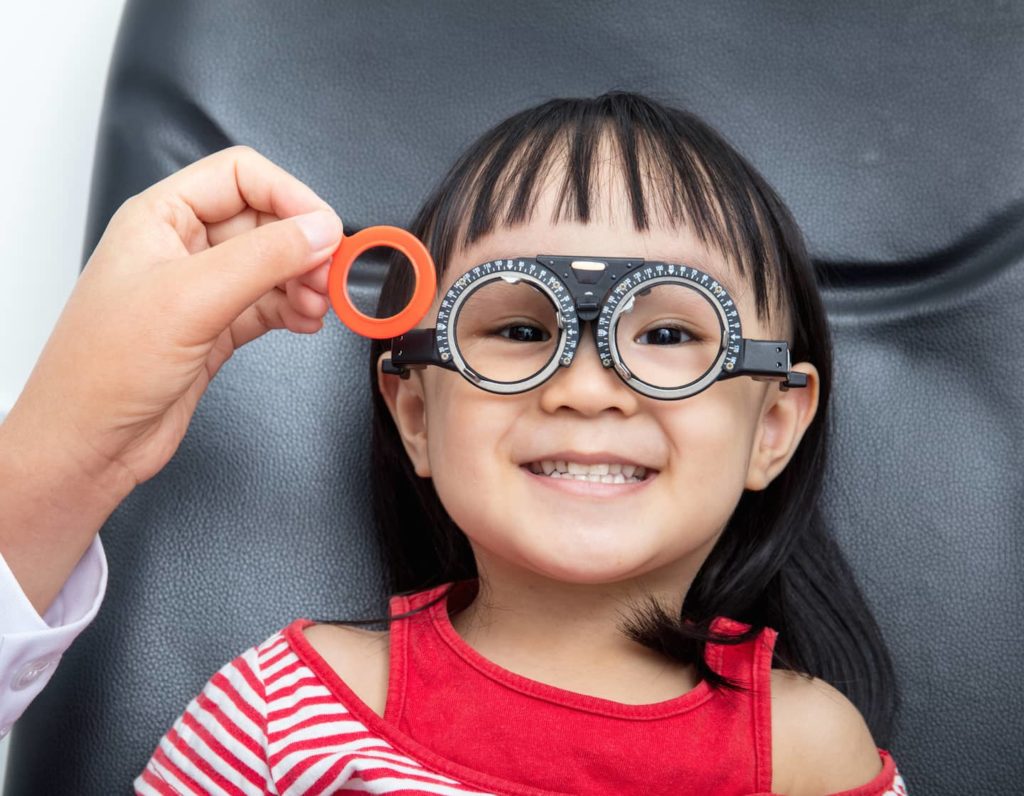
Could your child need eye braces? We spoke to Orthokeratology expert Dr Yap from IGARD to find out more
Helmed by Dr T.P. Yap and Associates, IGARD (Vision Therapy Eye Centre) is well known in Singapore for their evidence-based approach to children’s myopia control, advanced orthokeratology (also known as “eye braces”), eyes re-alignment therapy (e.g. strabismus), amblyopia treatment (e.g. for lazy eyes), behavioural and neurodevelopmental optometry and interventions for children with vision-related learning challenges, including atypical children and those with special educational needs.
We got to chat with Dr Yap Tiong Peng who works with colleagues Rachel Kelly, Isobelle Wong and Rahjee Muthukumaran at Orchard clinic IGARD to get tips on good eye health and find out more about Myopia Control, Orthokeratology and Vision Therapy. Click the links below to jump to:
Baby’s First Eye Exam
Exercises to Tackle Excessive Screen Time
Myopia Control
All About Orthokeratology
Vision Therapy
Estimated Costs
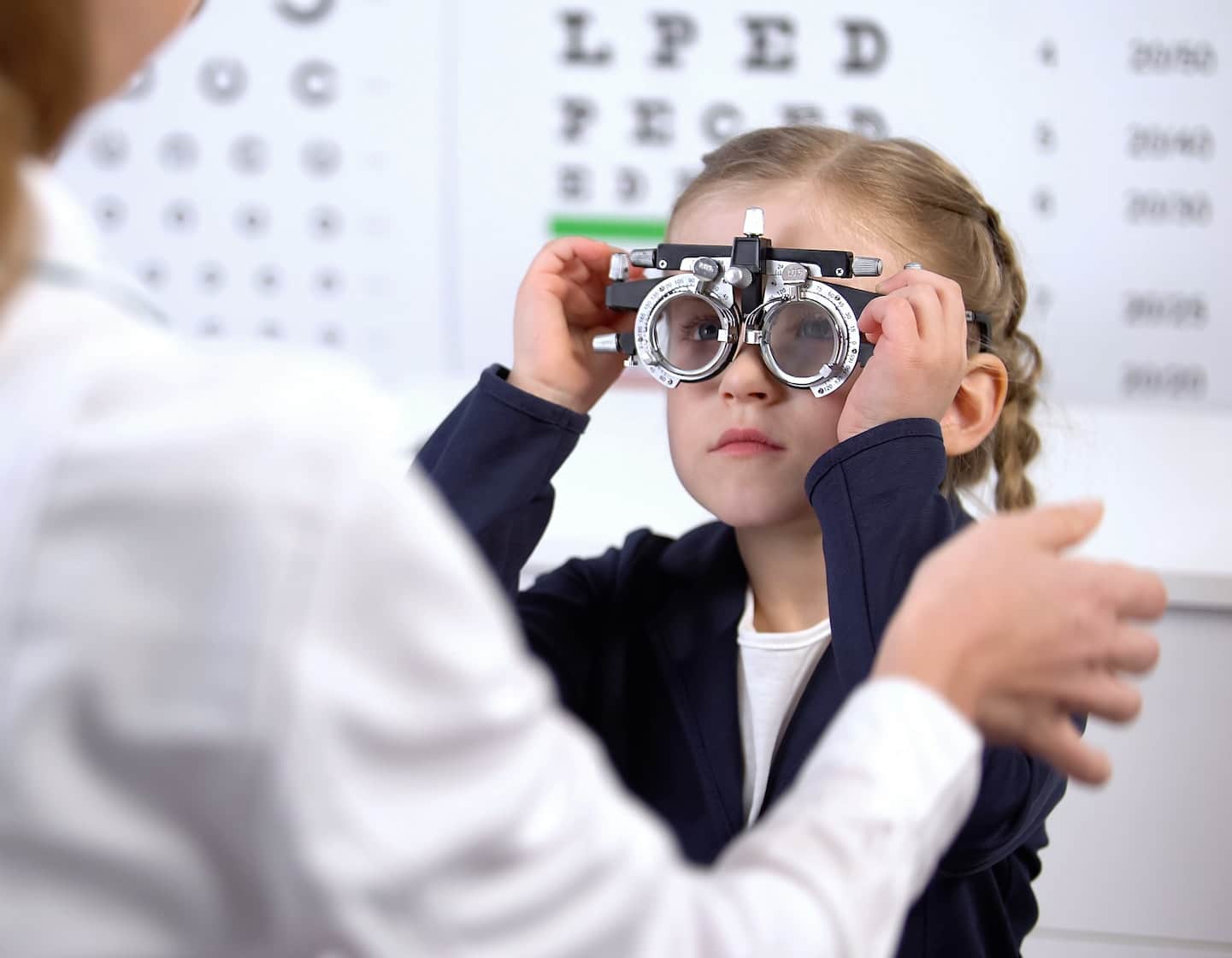
At what age would you suggest children have their first eye examination?
Infants’ and toddlers’ first eye examinations are generally recommended between ages of 6 to 18 months; and preschoolers should have an eye examination at ages 3 to 4 years and every 6 months thereafter. If the child has an eye or vision problem, they would probably need to have their eyes checked more frequently.
As their visual system is still immature, we would be looking out for any early signs of eye abnormalities and/or vision problems. Approximately 3 to 4 percent of young children do have problems that not only adversely affect their visual function, but can also impact other areas of childhood neurodevelopment.
For instance, children with “lazy eyes” (e.g. amblyopia) and/or poor alignment of their eyes (e.g. strabismus) not only have difficulties seeing clearly but may tend to demonstrate poor eye-hand coordination skills (e.g. dyspraxia), poor attention span and learning challenges when they are older.
It’s essential for infants and toddlers to get their eyes checked, especially if there is a family history of eye or vision problems.
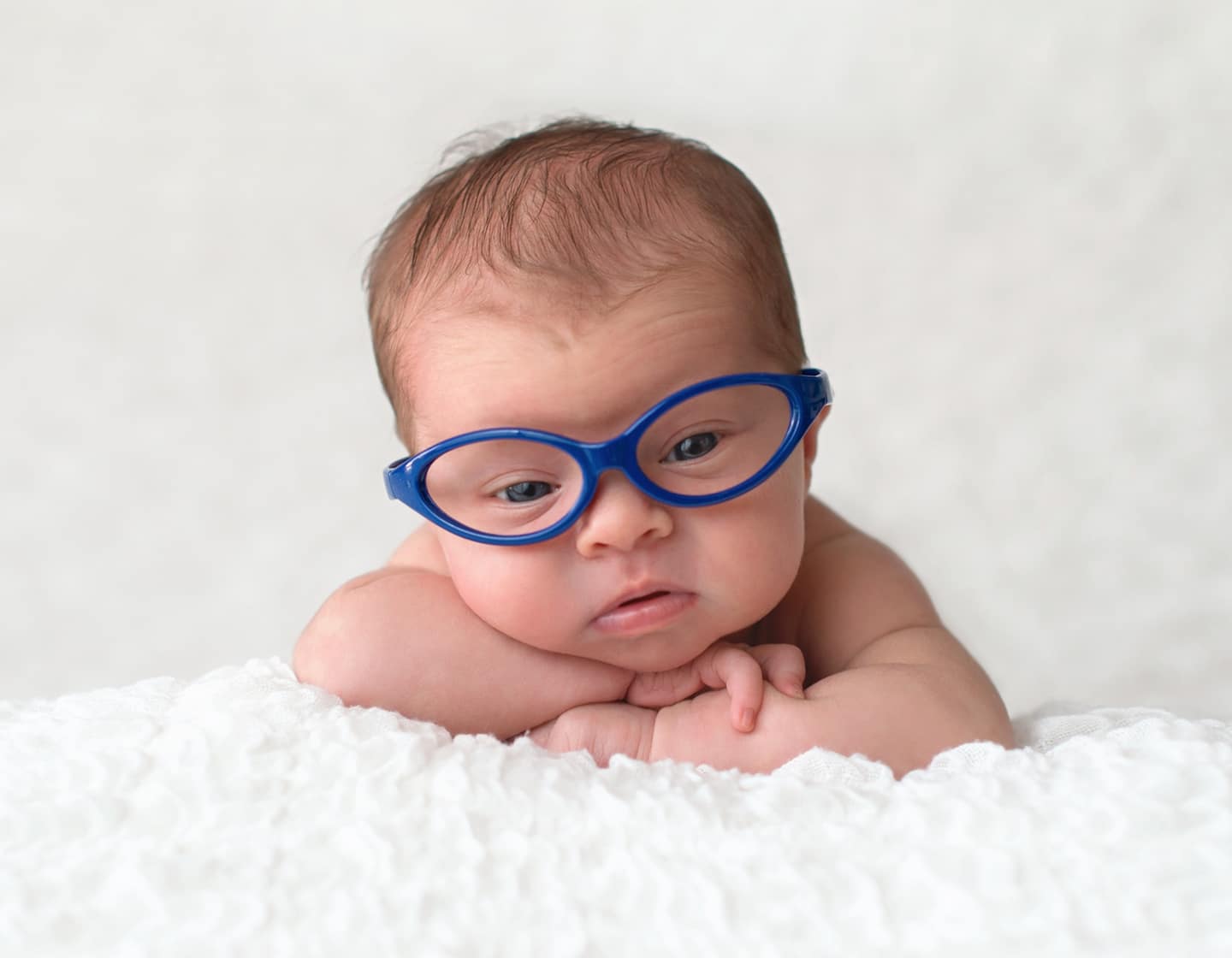
We see you also do Baby Eye Checks at IGARD. Are there particular conditions parents should look out for that would necessitate this?
Eye or vision problems can arise at any age, so it is not advisable to wait till the toddler is able to read the letters on an eye test chart. Furthermore, it is rare for infants, toddlers and children to complain that they have an eye or vision problem.
By the age of 4 to 6 months, infants will often be able to establish eye contact reasonably well so it would be good for parents to observe if the child is able to hold their gaze steadily. You can observe how your child executes their eye movements and how they interact with other children. Their eyes should be able to follow or track a moving object, such as a toy or a ball. It is often a red flag if the child’s eyes do not appear to align properly or if their pupils appear white or dull.
If the infant or toddler often seems frustrated, it may sometimes be related to an eye or vision problem, too. Sometimes, children may avoid certain visual tasks due to their vision problem and they may appear to lose interest in some activities.
A referral by a Paediatrician is not required as you can call our clinic anytime to book an appointment. While some parents may be worried that infants and toddlers could be uncooperative during the test, this is usually not a concern if they visit an optometrist who is adept in attending to children. This is because the tests for children are very different from an adult’s eye examination. For example, they will not be asked to read from an eye chart. Instead, the tests conducted would be suited for their respective cognitive levels. If there isn’t anything unusual about the eyes or vision, the tests are usually non-invasive and they often do not need to use any eye drops. At IGARD, infants’ and toddlers’ eye examinations can be fun!
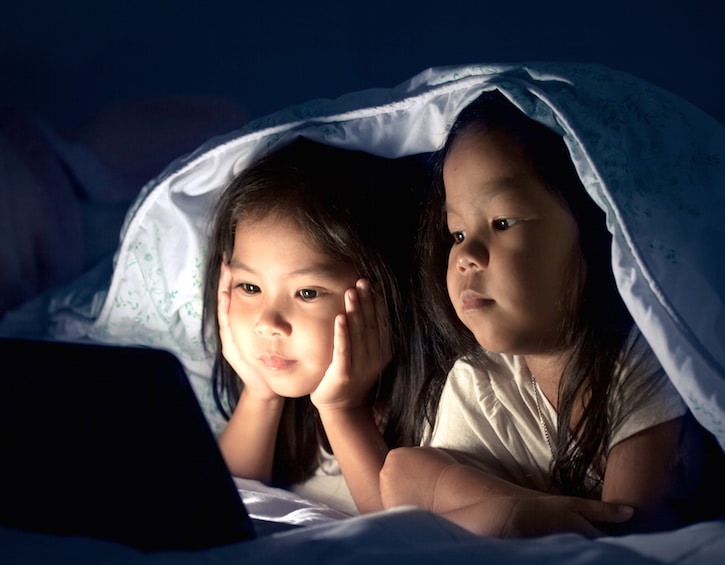
I’m worried that my kids have had so much additional screen time during the circuit breaker. Could this affect their vision when they return to school (ability to see the board, reading, etc.)? Are there any exercises they can do to ameliorate this?
Many patients come to us to seek advice on eye exercises to ameliorate the visual stresses from excessive screen time. If this occurs in adults, they will commonly complain about blurred vision, eye strain, dry irritated and tired eyes, coupled with headaches, as well as neck and shoulder pains; but children tend to adopt poor postures and habits without any complaints.
Such repetitive stresses to the child’s immature visual system are unhealthy in the long term because their eyes and the visual pathways in the brain are still developing. Some researchers suggest that excessive screen time in young children may affect their brain and normal visual development, so infants and toddlers aged 18 months or less should not have any screen time at all. This is because the eyes are like an extension of the brain, so screen time can affect their brain’s development of the visual system.
While preschoolers can get some screen time each day, it should be scheduled in moderation because their delicate eyes may not be able to cope with extended periods of strenuous focusing on the screen. This could particularly be a problem if the child has some pre-existing eye and/or vision problems and parents may need to get professional advice in those situations.
Rather than telling your child that they are not allowed to use smartphones, tablets and handheld devices, it may be easier for you to set up some house rules to allocate dedicated time each day to use their devices. We have a lot of success with the 20-20-20 rule at home, where screen time should be limited to 20 minutes and the child and/or the adult would then have to look at something 20 feet away for a duration of 20 seconds, before getting back to their screens again.
You can also try out some simple eye activities that encourage your children to view objects from a distance, such as trees and greenery. This will not only help the ciliary muscles of the eyes to relax but also allow the eyes to get some natural lighting which is known to have a protective effect on the eyes.
It should be noted that these visual activities should not be done if the child’s diagnosed vision problem have not been addressed yet, so it is important to seek professional advice before starting any eye exercise. Some parents may be aware about commercially available devices or eye exercises that claims to relax the eyes (and even reduce or control myopia) but these claims are often not substantiated or supported by any scientific evidence or research studies. Just remember the 20-20-20 rule and never use the screens in the dark!
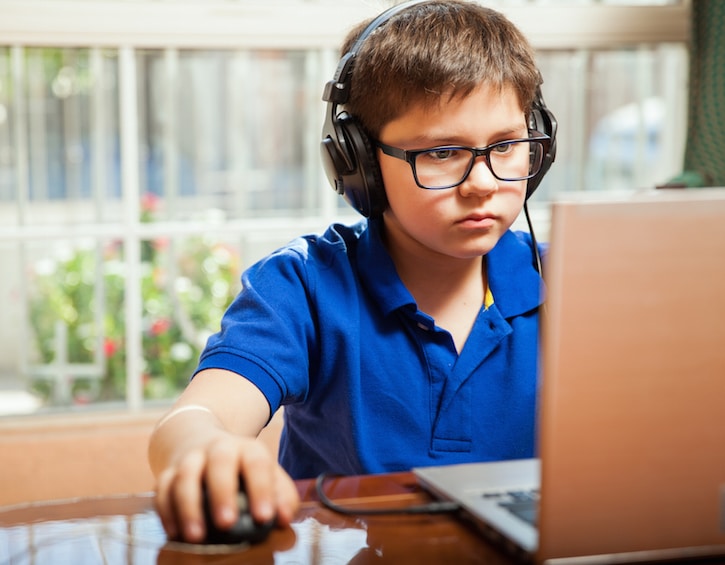
Why is Myopia so prevalent in Singapore? Is it reversible? What interventions exist to help kids fight Myopia?
Environmental factors play a major role in myopia development.
At this point, there is a need to distinguish between the two common situations that may be encountered – the real type of myopia and the pseudo-myopia; and it is essential that the child gets their eyes checked carefully before they get spectacles, so it is important for children to see an optometrist who is adept in attending to children.
If a child develops myopia, their eyes would have grown too quickly in length and they may have to wear spectacles in order to see clearly. This is because the eyeballs have grown ‘too long’ for the child to be able to focus a far distance object clearly on the retina. But if the child develops a pseudo-myopia, spectacles may appear to be beneficial at first but the child is not genuinely myopic and may not need the full strength of the measured lens power.
REAL myopia is NOT reversible. Retinal image blur is perceived because the eye’s natural focal point is no longer on the retina (or the eye’s fovea). Hence, the retina (or the fovea) is no longer receiving a clear and sharp image. For this reason, spectacles and/or contact lenses will be necessary in order to re-position the eye’s focal point back on the retina (or fovea).
If a child is already suffering from myopia, it will make sense to get their eyes checked on a regular basis. The Children’s Myopia Plan at IGARD is one of the most cost-effective ways for parents to monitor the progress of interventions. There are three key aspects of myopia assessment in the Children’s Myopia Plan: firstly, the refraction; secondly, the general binocular function and thirdly, the assessment of the eye’s axial length which provides an objective measurement of myopia progress. IGARD’s Children Myopia Plan helps parents to keep track of progress meticulously and objectively; and even covers the free replacement of standard lenses when their spectacle prescription changes throughout the year.
Many preschool and school-aged children have benefited from the very affordable Children’s Myopia Plan. Here are some terms and conditions to know:
- This plan is only applicable to Singaporeans and permanent residents, but in some cases the clinic does extend the Children Myopia Plan to expatriates and foreigners on a case-by-case basis.
- The plan can be paid using the child’s and/or their sibling’s Child Development Account (CDA) under the Ministry of Social Development’s Baby Bonus Scheme. Just make sure to bring the CDA card along during the appointment!
- The plan provides a free spectacle frame valued at $80 or less, or the option to top-up the cost difference for frames valued over $80.
- The free lens replacement is for myopia increase of -0.50D or more. The lenses are of high quality and includes all standard features, such as the anti-reflective multicoating, scratch resistance treatment and 100% UV blocker.
Can you tell us more about Orthokeratology? How does it work for kids?
Orthokeratology treatment is a non-surgical and evidence-based method for vision correction, which involves “re-shaping” of the cornea (the front part of the eye) during bedtime. The treatment takes place at night during sleep, so a pair of custom-made retainers would need to be applied on the eyes before going to bed. Its results would allow adults and children to be less dependent on wearing their spectacles and/or contact lenses during the daytime; and to control the progression of myopia. For myopia control in children, orthokeratology treatment can be applied successfully on its own; alternatively, orthokeratology treatment can be combined with other therapies, including the use of Atropine, depending on the patient’s condition and/or their individual treatment plan.
Many research studies have demonstrated the efficacy of orthokeratology treatment for vision correction and myopia control in children; but, of course, the treatment outcome will depend on the expertise of the orthokeratologist who will have to make important clinical decisions and specially design those retainers so that it will gently and strategically apply some pressure on the corneal surface. My colleague Rachel has found that although the treatment areas are only just a few microns in measurement, the retainers could produce treatment effects covering low to moderate magnitudes of myopia and astigmatism. Treatment of higher magnitudes of myopia and astigmatism often requires greater expertise.
These retainers are actually bespoke contact lenses that are made of highly breathable biomaterials that are suited for the delicate eyes. The design process for these retainers entails a detailed analysis of the topographical plot of the cornea so that the retainers can be custom-made or personalised. IGARD takes this process one step further by offering patients a 1-month trial, which not only allows parents and children to take their own time to make a decision, but also allows the orthokeratologist to meticulously check on how the children have responded to their initial treatment and make fine tunings and adjustments so that a completely new pair of bespoke retainers can be prescribed to optimise the treatment.
This process doesn’t just stop there, because patients at IGARD would get their eyes checked regularly in order to ensure the continual success of their orthokeratology treatment. At IGARD, children are regularly checked to monitor their myopia progression, including the assessment of the eye’s axial length, refractive monitoring and orthokeratology treatment monitoring.
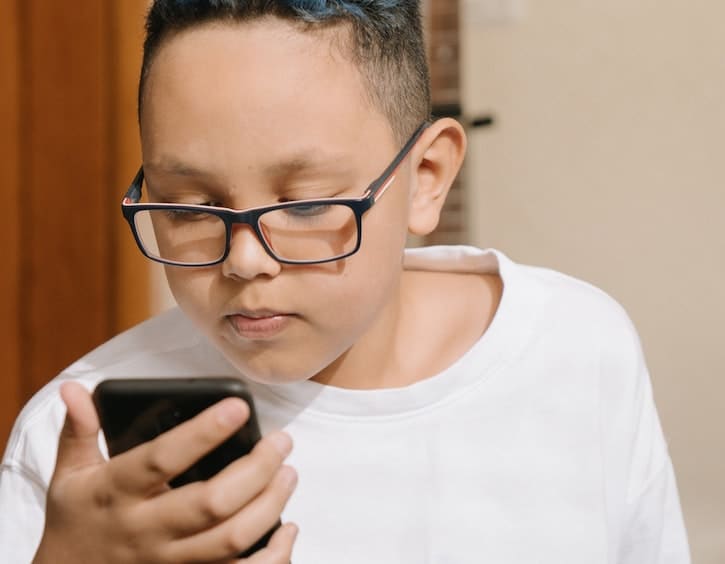
We see that IGARD specialises in Vision Rehabilitation & Therapy; how did you get interested in this? What can you achieve with Vision Therapy that you don’t get through wearing glasses or contact lenses?
Vision therapy (VT) is a series of treatments consisting of customised eye exercises that are guided by VT-board-certified eye doctors or optometrists. This is often known as neurodevelopmental, optometric or behavioural vision therapy. It can help those individuals who lack the visual skills that are necessary for effective reading, writing, and learning, such as eye movements, eye focusing skills, convergence skills, eye-hand coordination skills and visual memory skills. Isobelle notes that the objective of the treatment is to allow the child to gain control of their binocular vision by encouraging the two eyes to work together properly and for the entire visual system (including the eyes and the brain) to process visual information and to work efficiently.
The majority of patients who attend vision therapy at IGARD do not wear spectacles or contact lenses, because their vision problems aren’t simply due to myopia and astigmatism, but tend to be issues that are related to poor visual functions. These issues may affect their ability to focus, sustain attention and activities of daily living. There are many areas of visual function that patients might need help, and sometimes vision problems may not be obvious but the patient may behave differently to compensate for the problem, such as an abnormal head posture, head tilt, or poor visual habits.
Vision therapy providers would need to have advanced knowledge and skills to treat those problems, so the best way to get started is to check the provider’s qualifications, credentials and professional affiliations; and also check if they are fully registered by the Singapore Health Ministry.
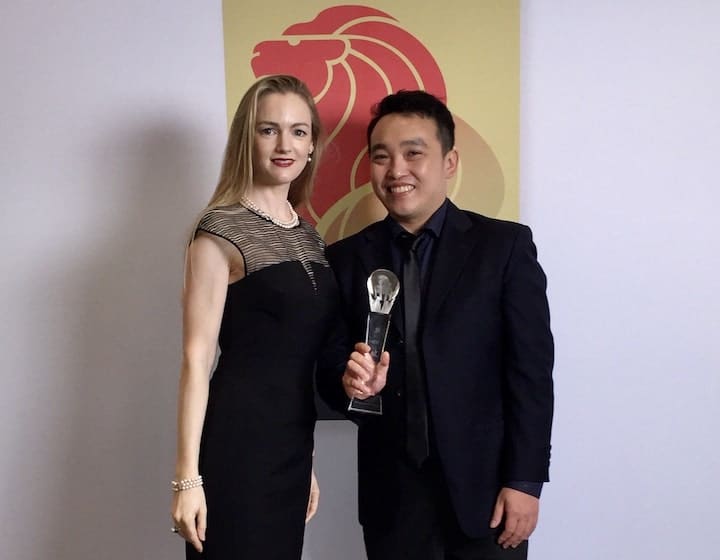
About IGARD
IGARD is well known globally in vision rehabilitation and therapy due to Dr Yap’s long-established special interest in behavioural and neurodevelopmental vision. Dr Yap is the only vision therapy provider in Singapore who has triple clinical accreditations, full academic qualifications and active global research involvement. He became fully accredited in 2007/8 by the British Association of Behavioural Optometrists (BABO). He was bestowed a Fellow of the Australasian College of Behavioural Optometrists (FACBO) and Fellow of the American Academy of Optometry (FAAO) for his clinical work in vision therapy. He achieved the highest academic qualifications in children’s vision development (PhD) and was awarded a Diploma of Imperial College of Science, Technology and Medicine in London. He has completed the clinical and academic tracks of the Fellow of the College of Optometrists in Vision Development (FCOVD). Besides vision therapy, Dr Yap is a Science Communication Training Fellow of the Association for Research in Vision and Ophthalmology (ARVO) for his work involving the neurology of amblyopia and eye movements.
Senior Consultant Rachel Kelly’s special interest is in orthokeratology, visual function, colourimetry, proprioception/body imbalance and sports vision; and Senior Consultant Isobelle Wong specialises in children with special educational needs (SEN). She also practises as an educational therapist.
The team at IGARD have not only received their professional training from some of the world’s top institutions but have also worked at some of the world’s most famous hospitals. Rachel Kelly used to work at Moorfields Eye Hospital in London and Senior Therapist Rahjee Muthukumaran used to work on Vision Therapy in the USA, and was previously the Head of Binocular Vision (Orthoptics) and Vision Therapy at Sankara Nethralaya Eye Hospital in India. You and your kiddos will truly be in good hands, mama!
Estimated costs:
- Routine Eye Examination for babies, infants, toddlers, preschoolers, adults, inclusive of consultation charges with a Senior Consultant plus report: $180 – $280 (depending on complexity of each case)
- Functional Vision Evaluation inclusive of consultation charges with a Senior Consultant, plus report and parent-doctor conference, conducted over 2 visits: $520++
- Orthokeratology treatment: $2,200 – $3,500 depending on the complexity of the condition.
Before making that big decision, we recommend a 1-month trial where your child can experience the full treatment using custom-made retainer lenses based on their individualised corneal topography and follow-up consultation.
![]() Book now for an appointment with IGARD! New bookings made via visiontherapy.simplybook.asia will receive a free 130ml bottle of anti-fog lens cleaner made in France (good for misty glasses while wearing face masks!). Only 40 bottles up for grabs! Simply quote “SassyMama” to enjoy this perk! Whilst stock lasts.
Book now for an appointment with IGARD! New bookings made via visiontherapy.simplybook.asia will receive a free 130ml bottle of anti-fog lens cleaner made in France (good for misty glasses while wearing face masks!). Only 40 bottles up for grabs! Simply quote “SassyMama” to enjoy this perk! Whilst stock lasts.
IGARD, 51 Cuppage Road #01-04 Singapore 229469, Tel: (+65) 6732 3233 / 9025 6677
[email protected]
www.igard.com.sg
By appointment only
Monday to Saturday, 9:30am to 6:30pm
Closed on Sundays and Public Holidays.

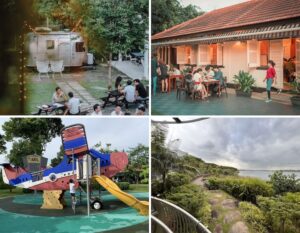

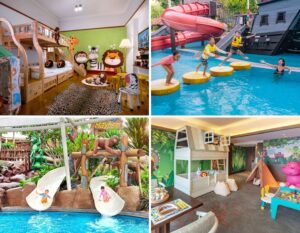


 View All
View All
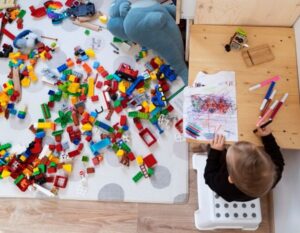
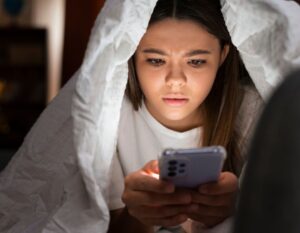

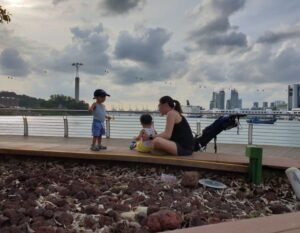
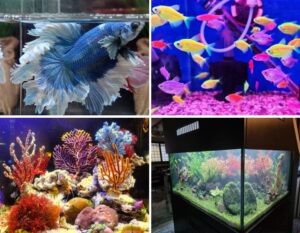
 View All
View All

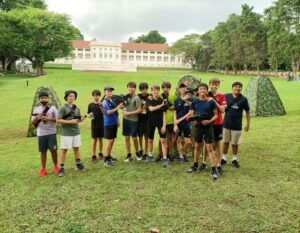

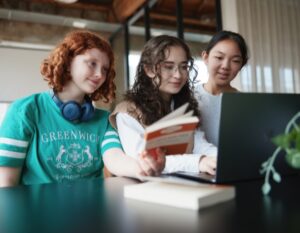

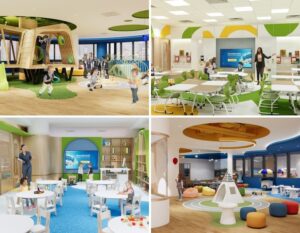

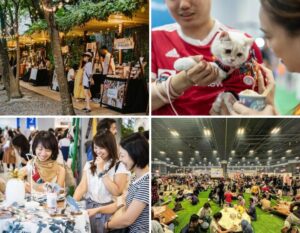

 View All
View All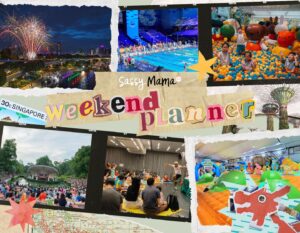



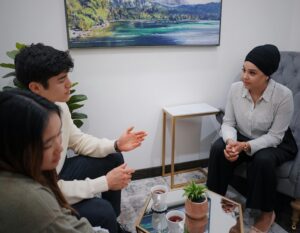


![[𝗦𝗔𝗩𝗘 𝗧𝗛𝗜𝗦] 𝗙𝗿𝗲𝗲 𝗔𝗰𝘁𝗶𝘃𝗶𝘁𝘆 𝗙𝗼𝗿 𝗞𝗶𝗱𝘀 𝗪𝗵𝗼 𝗟𝗢𝗩𝗘 𝗙𝗶𝗿𝗲𝘁𝗿𝘂𝗰𝗸𝘀! 🚒🔥
Skip the usual mall stroll and check out the Civil Defence Heritage Gallery! It’s free, air-conditioned, and housed in Singapore’s very first fire station, just across from Funan Mall.
Spanning two full floors, the gallery dives into Singapore’s firefighting history, major rescue missions, and the evolution of the SCDF. There are interactive exhibits, immersive displays, and even emergency preparedness tips for the public.
Bonus: Selected fire stations also host Saturday morning open houses with guided tours where you can watch fire gear demos, meet firefighters, and see those high-pressure water sprays in action!
𝗛𝗼𝘄 𝗺𝘂𝗰𝗵? FREE
𝗪𝗵𝗲𝗿𝗲? 62 Hill St, Singapore 179367
𝗢𝗽𝗲𝗻𝗶𝗻𝗴 𝗵𝗼𝘂𝗿𝘀? 10 am–5 pm (Closed on Mondays)
Comment “Fire” or link in bio for more details!
Tag your parent crew and plan your next adventure with the little ones! 👨👩👧👦💥
.
.
.
.
.
.
.
#SGFireStation #SCDFGallery #ThingsToDoWithKidsSG #FreeFamilyFun #SGParents #KidFriendlySG #FiretruckLovers #MuseumAdventure #SCDF #HeritageGallery #SGMums #FamilyWeekendSG #LearningThroughPlay #SingaporeWithKids](https://www.sassymamasg.com/wp-content/plugins/instagram-feed/img/placeholder.png)
